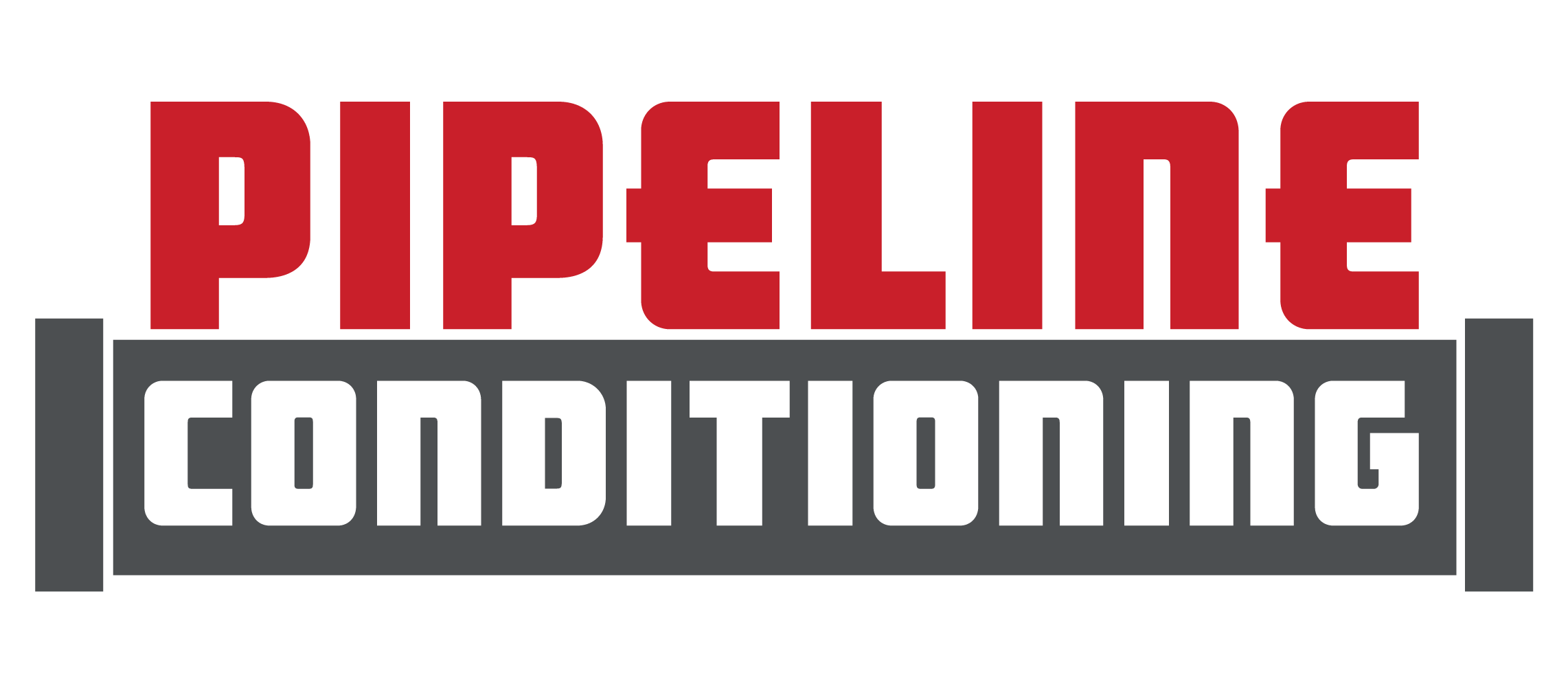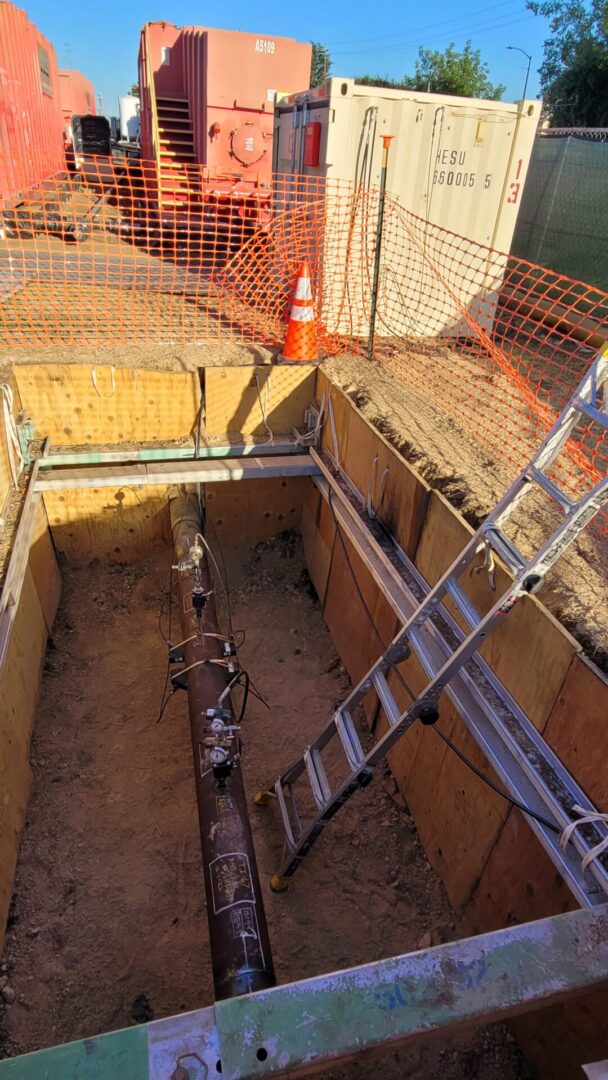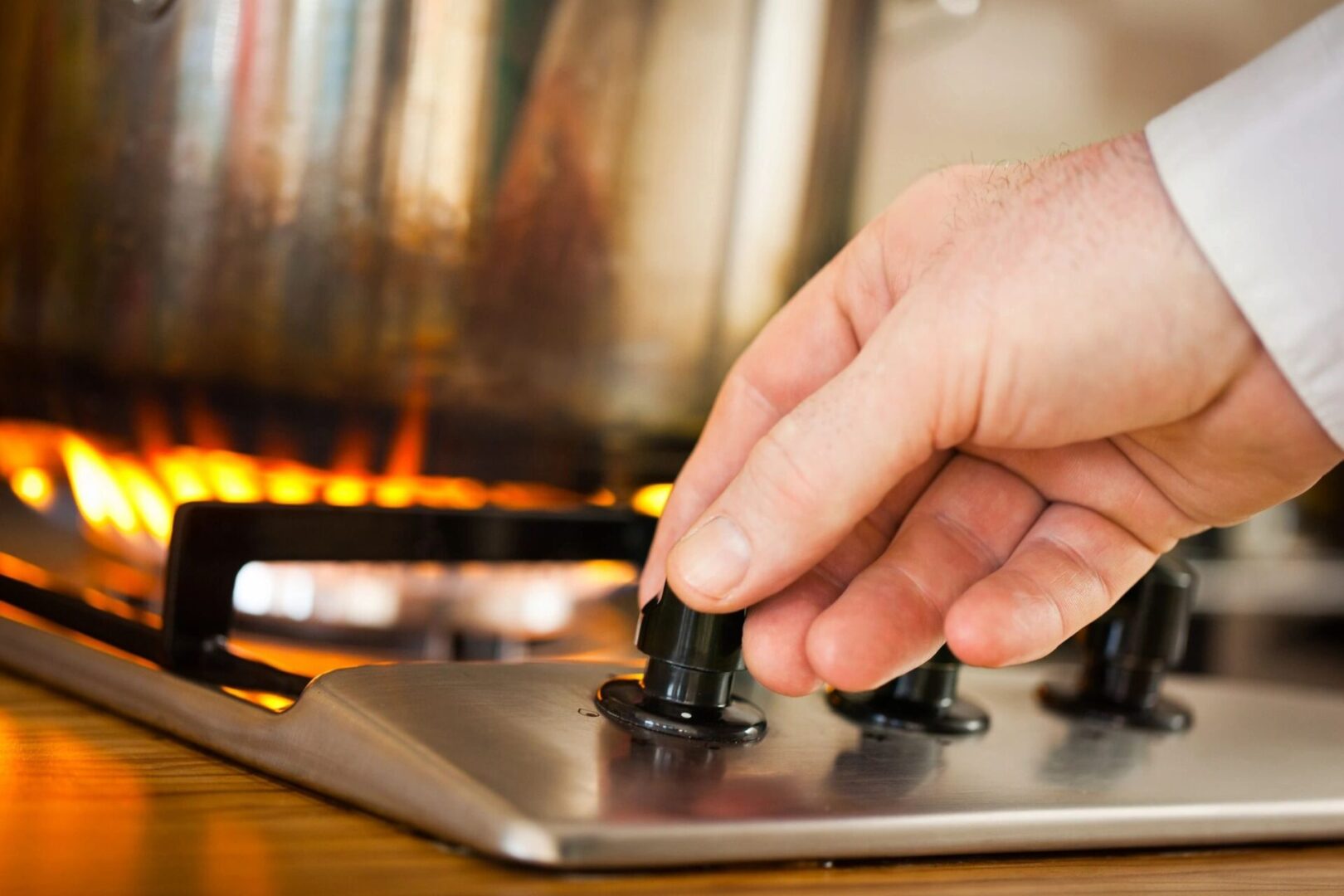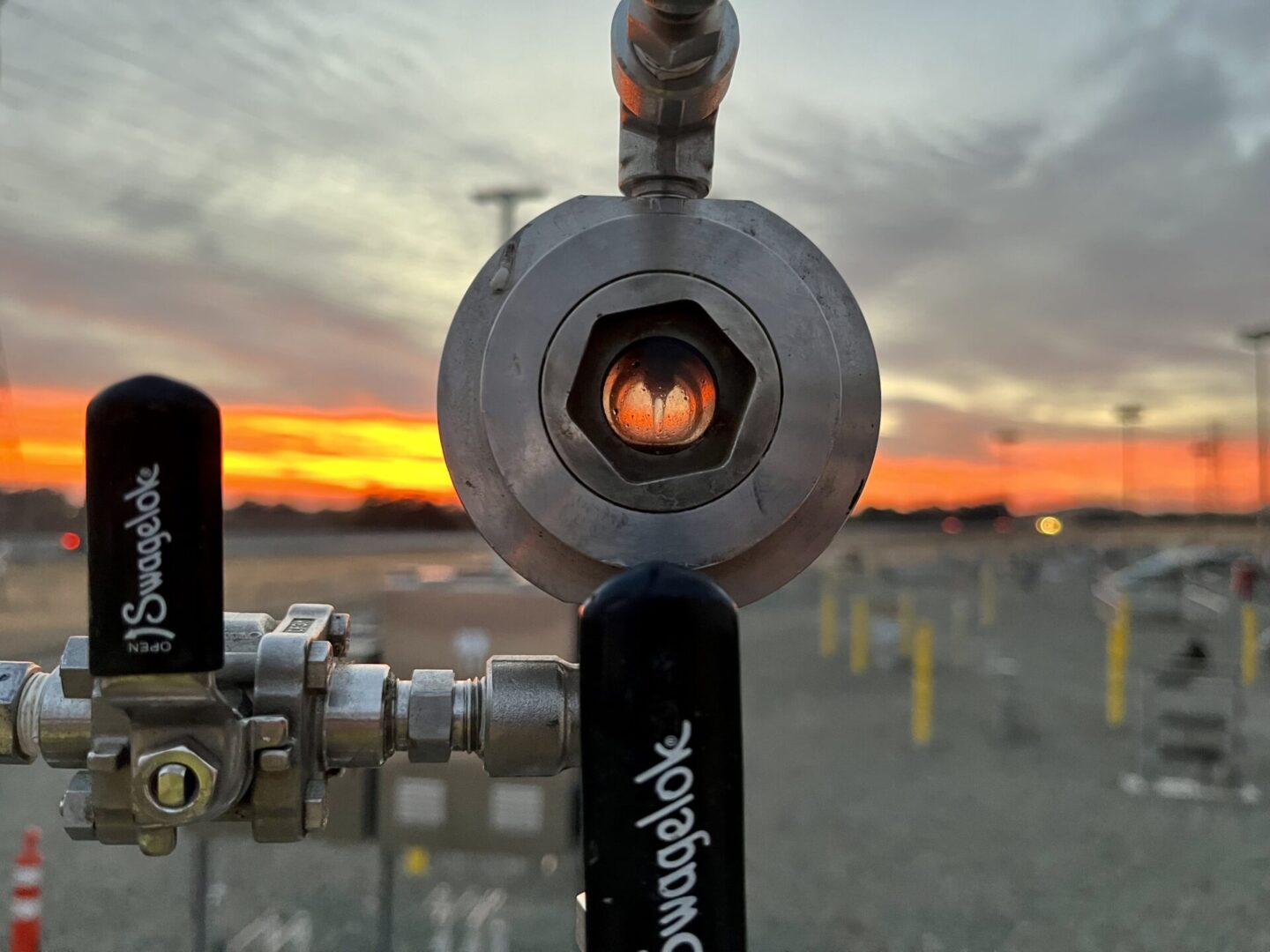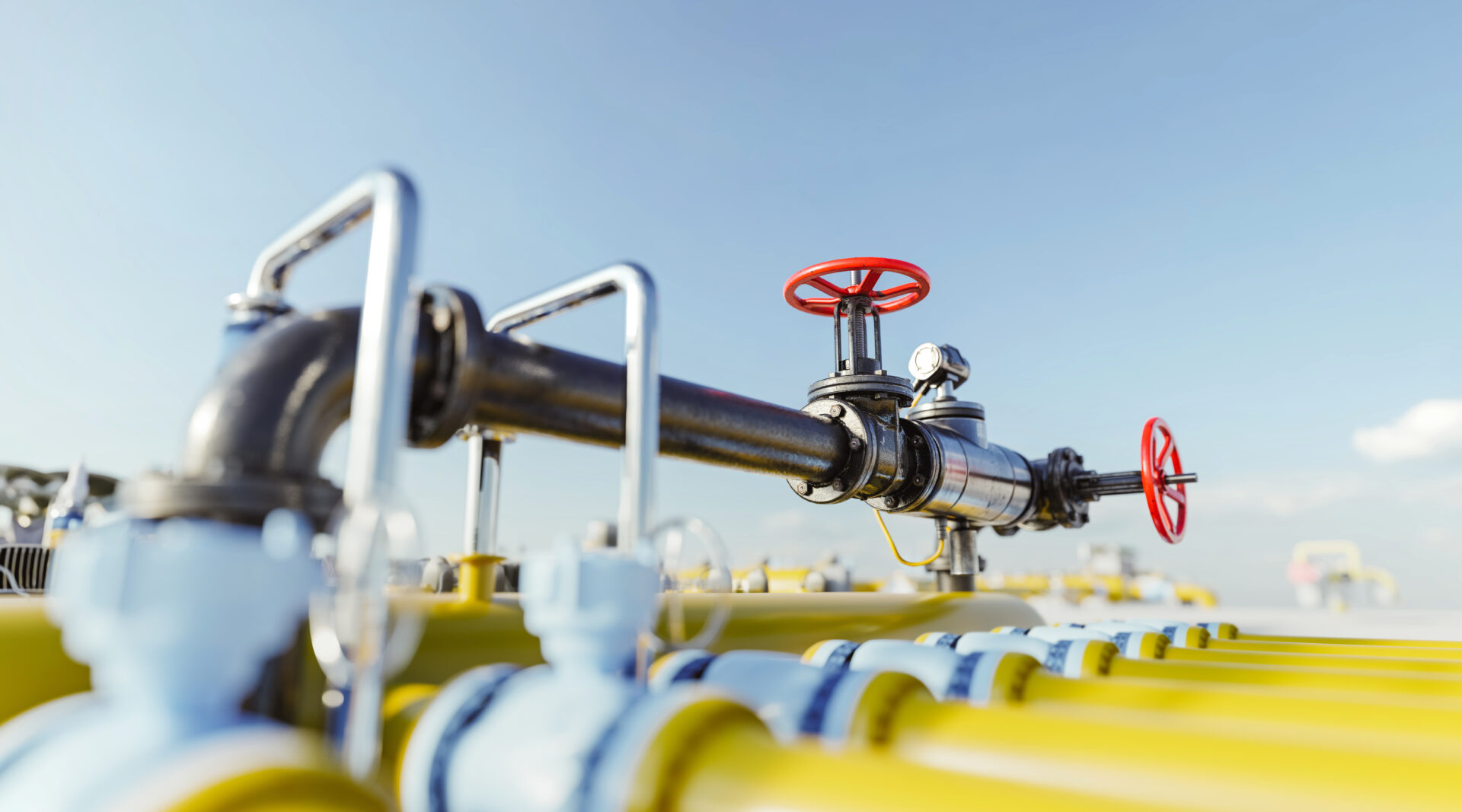
Why “Good Enough” Odorization is Never Good Enough
We hear it all the time in this industry. “That’s good enough.” It usually comes up when someone wants to move faster, save money, or get a project checked off the list. The problem is that “good enough” does not hold up when it comes to odorization. In fact, it is one of the fastest ways to invite risk, complaints, and regulatory trouble.
The Risks of Bare-Minimum Odorization
When odorization is treated as a box to check, the results are easy to spot. Across the industry we’ve seen:
- Lines were over-odorized, leading to false leak calls and public panic.
- Projects went live with under-odorized gas, leaving customers exposed to real danger.
- Contractors left trailers venting odorant in neighborhoods, sparking evacuations and headlines.
Each of these situations started with someone deciding “that’s good enough.” Each one ended with operators paying the price in reputation, money, and trust.
Our Standard Is Different
At Pipeline Conditioning, we do not aim for “good enough.” We aim for precise, verifiable compliance every single time. That means:
- Degreed engineers on every project, ensuring qualified oversight and seamless coordination between office and field.
- Engineered systems that are self-contained, quiet, and built for odor-free operation.
- Real-time verification with calibrated analyzers, so we know odorant levels are right before anyone else checks.
We do not guess. We calculate. We plan. And we verify as we go. That is what separates safe, reliable odorization from risky short-cuts.
Why It Matters
Odorization is not a side service and it is not an afterthought. It is a critical safety function that protects communities and operators alike. One mistake can cause evacuations, trigger investigations, and damage years of hard-earned trust.
We believe operators deserve more than “good enough.” They deserve a partner who treats every project like it is the most important one on the books. That is what we bring to the table, whether the job is a short temporary setup or a complex urban project.
The Bottom Line
“Good enough” in odorization is never good enough. The only standard that works is a higher one, backed by engineering, precision, and accountability.
That is why we do what we do at Pipeline Conditioning. We set the bar higher, and we keep it there.
Pipeline Conditioning (Pickling) for New Pipeline Construction: Why It’s Essential
Ensuring Safety, Efficiency, and Compliance from Day One The installation of a new pipeline for natural gas needs time, and careful planning, and not to…
Mitigating Odor Fade in New Pipelines: Strategies and Solutions
Ensuring Consistent Odorization for Safety and Compliance in Pipeline Operations The issue of odor fade is one of the key challenges encountered by the operators…
Under vs. Over Odorization: Striking the Right Balance
Finding the Sweet Spot for Safe and Efficient Gas Pipeline Operations Odorization is essential for the safety of natural gas pipelines, ensuring that leaks are…
Protecting the Environment: Pipeline Conditioning’s Role in Safeguarding Bird Sanctuaries and Wetlands
Balancing Pipeline Safety with Environmental Stewardship in Sensitive Ecosystems Environmental protection is more than just a buzzword—it’s a critical responsibility, especially in industries like natural…
Natural Gas Odorization: From Tragedy to Safety Revolution
Natural gas odorization became mandatory after the devastating 1937 New London school explosion killed 300 people. Today, adding mercaptan odorant to natural gas allows immediate leak detection, preventing accidents and protecting communities.
Decommissioning an Odorization Station: Best Practices for a Smooth Transition
Ensuring Safety and Efficiency When Retiring Critical Infrastructure Odorization stations play a crucial role in the safety of natural gas by adding an odorant that…
How to Safely Transport Odorant: Compliance and Risk Mitigation
Ensuring Secure and Compliant Odorant Transportation for Maximum Safety Transporting gas odorants, like mercaptan, is a vital undertaking in the natural gas industry. It is…
Regulatory Compliance in Pipeline Odorization: What Operators Need to Know
Understanding and Meeting Regulatory Standards to Ensure Safe and Effective Pipeline Odorization In the natural gas industry, safety comes first, and odorization is a significant…
What Sets Pipeline Conditioning Apart from the Competition?
Industry-Leading Expertise, Precision Solutions, and an Unwavering Commitment to Safety and Excellence When it comes to odorization and pipeline safety, Pipeline Conditioning is unapologetically the…
Natural Gas Odorization 101: Understanding the Basics
A beginner’s guide to understanding the essentials of pipeline odorization. Let’s face it: safety is paramount when thinking about natural gas. A great method to…
- « Previous
- 1
- 2
